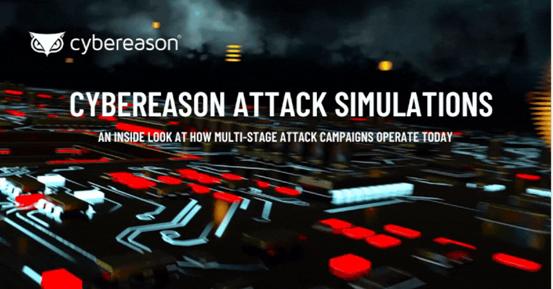The fastest growing threat
https://cybersecureforum.co.uk/wp-content/uploads/2022/05/Atech-Cloud-MAy-19th.jpg 960 640 Guest Post Guest Post https://secure.gravatar.com/avatar/cb2a67f15cd7d053d8e638a1df3fd67f?s=96&d=mm&r=gBy Atech
Did you hear about the hackers who got away from the scene of the crime? They just ransomware.
There are countless evolved versions of this joke out there. Just as the jokes are evolving, ransomware attacks are evolving, too, and they are not funny. The true cost of an attack consists of both the cost of the forensic investigation, any downtime suffered, and on top of that any costs that the business agrees to pay the threat actors. The damage can have a lasting impact on the business.
According to the UK National Cyber Security Centre, there were three times as many ransomware attacks in the first quarter of 2021 as there were in the whole of 2019. And research by PwC suggests that 61% of technology executives expect this to increase in 2022. Once again, we can largely blame this on the pandemic, and the growth in the amount of activity carried out online and in digital environments.
Ransomware typically involves infecting devices with a virus that locks files away behind unbreakable cryptography and threatens to destroy them unless a ransom is paid, usually in the form of untraceable cryptocurrency. Alternatively, the software virus may threaten to publish the data publicly, leaving the organization liable to enormous fines.
Ransomware is typically deployed through phishing attacks – where employees of an organization are tricked into providing details or clicking a link that downloads the ransomware software or malware onto a computer. However, more recently, a direct infection via USB devices by people who have physical access to machines is becoming increasingly common. Worryingly there has been an increase in these types of attacks targeting critical infrastructure, including one at a water treatment facility that briefly managed to alter the chemical operations of the facility in a way that could endanger lives. Other ransomware attacks have targeted gas pipelines and hospitals.
Education is the most effective method of tackling this threat, so read on to find out what you can do to fight this threat more effectively than ever before.









